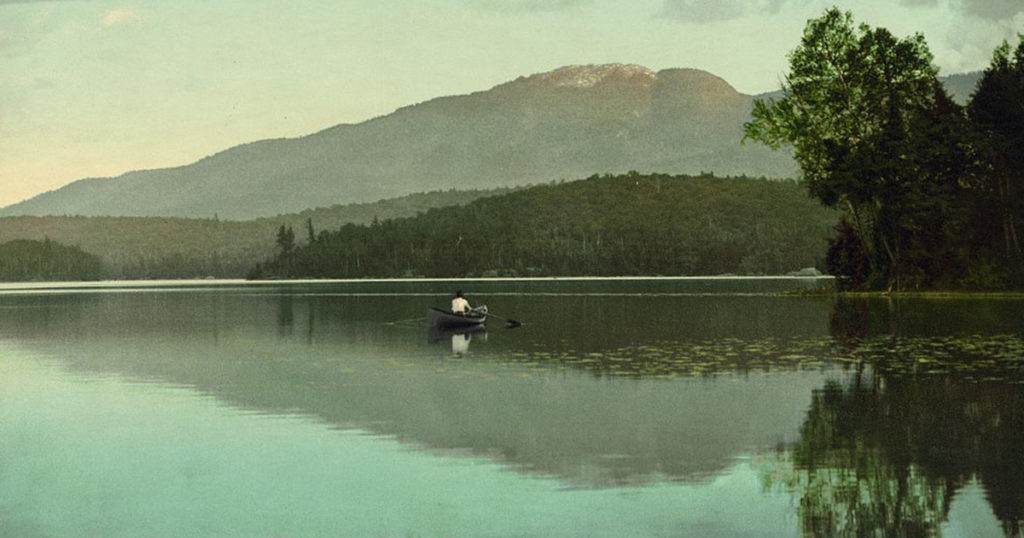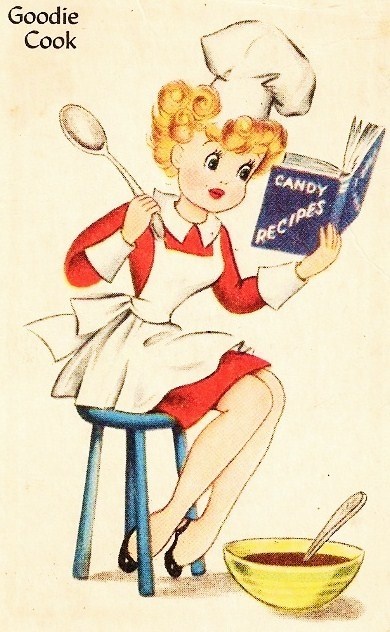Chili Sauce
Nine large ripe tomatoes, 1 onion chopped fine, 4 hot peppers, 2 cups vinegar, 1 table-spoon salt, 1 table-spoon sugar, 1 tea-spoon ginger, 1 tea-spoon cloves, 1 tea-spoon allspice, 1 tea-spoon cinnamon, 1 tea-spoon nutmeg. Boil one hour.
Mary R. Kinder, Milford, Delaware
Chili Sauce (alternative recipe)
Boil 1/2 bushel tomatoes till soft, with 3 or 4 red peppers. Press all through a sieve, add 1 pt. cider vinegar, 1/2 pt. salt, 1 oz. whole cloves, 2 ozs. whole allspice, 1 dessert spoon ground black pepper, 1 cup sugar. Boil all together 3 hours. If ground spices are preferred they may be used.
Mary E. Bussell – Newark, New Jersey
From “The Home Queen Cook Book” 1893






